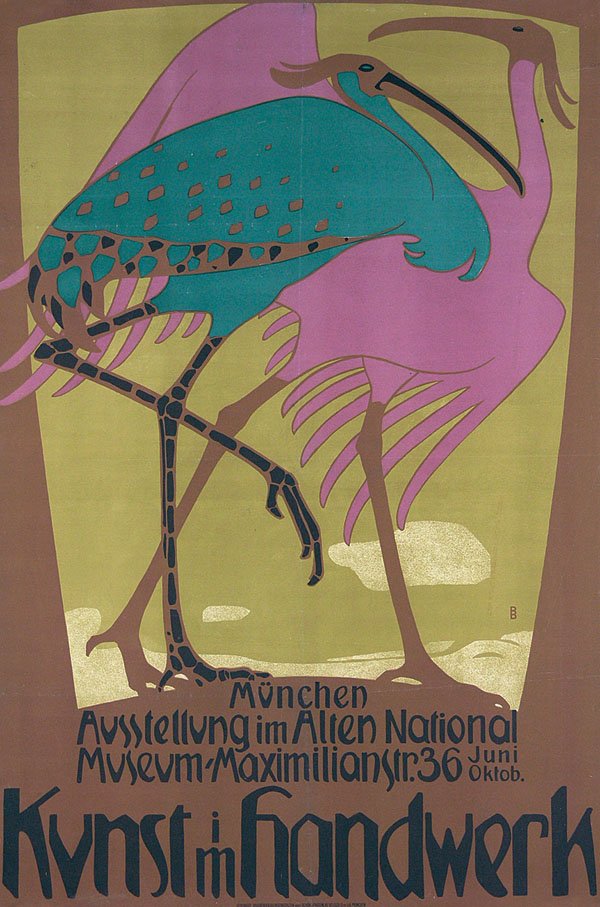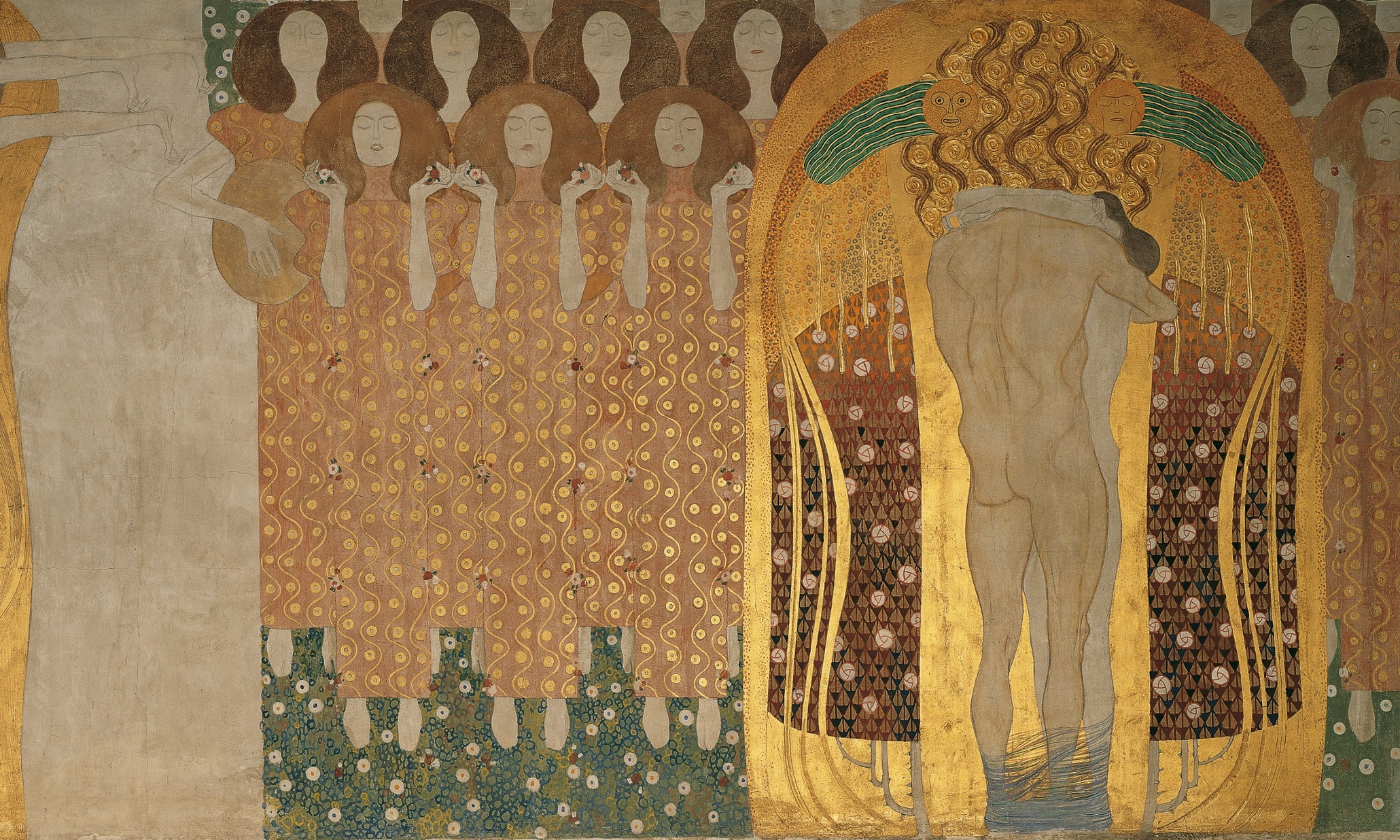

I hope it is receiving that public recognition and support which it deserves.” In a letter dated 17 December 1900, Mackintosh thanked the committee for their kindness, stating “I know well the artistic achievement of your exhibition. This show marked the beginnings of cordial relations between the Secession and the British artists who had been invited to Vienna especially for the occasion.” “Room X of the exhibition, the layout of which was designed by Mackintosh and his wife, was set aside for their collection. “Their aim was to introduce to Vienna the work of some of the foremost designers in Europe,” writes Peter Vergo. Here’s how that work is described in our book, Art in Vienna 1898-1918. To this end, the city’s creative class invited all sorts of new styles of expression to their city, including the Scottish architect, designer and artist Charles Rennie Mackintosh, born on this day, 7 June, in 1868.īy the turn of the century, Mackintosh had established his own distinct style, drawing together influences from Japan, the Arts and Crafts Movement, and the industrial vigour of Glasgow, the city of his birth, to create a Scottish take on Art Nouveau.Īt the eighth Secession exhibition, 3 November - 27 December 1900, Mackintosh was invited to create and display an entire room.

“Eager to break – or ‘secede’ – from the conservative institutions that had dictated the direction of Austrian art for decades,” explains the text in our book Art In Time, “the artists who initiated the Vienna Secession in 1897 shared little stylistically, but were united by a desire to reinvigorate the traditions of Austria’s official academies.”

However, the artists, designers and architects who founded this late 19 th and early 20 th century movement, wanted to reject local artistic traditions, rather than revel in them. Today, we picture the Viennese Secession as a distinctly Austrian development, exemplified in the paintings of Egon Schiele, and Gustav Klimt, and the architecture of Adolf Loos. From Art in Vienna How Charles Rennie Mackintosh changed the Vienna Secessionĭiscover the architect and designer's often overlooked influence on Austria’s famed art movement Koloman Moser, cover of Ver Sacrum II: iv, 1899 (picture credit: Universitätsbibliothek Heidelberg).


 0 kommentar(er)
0 kommentar(er)
